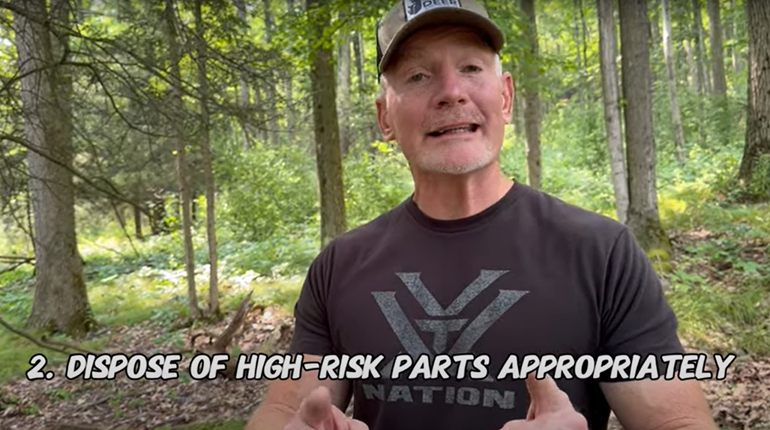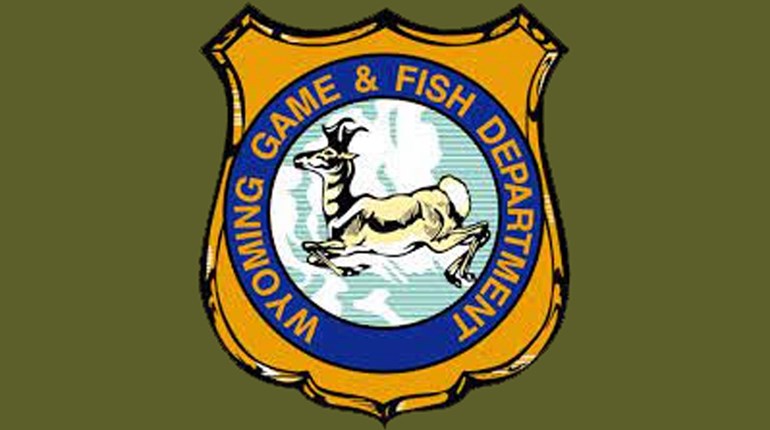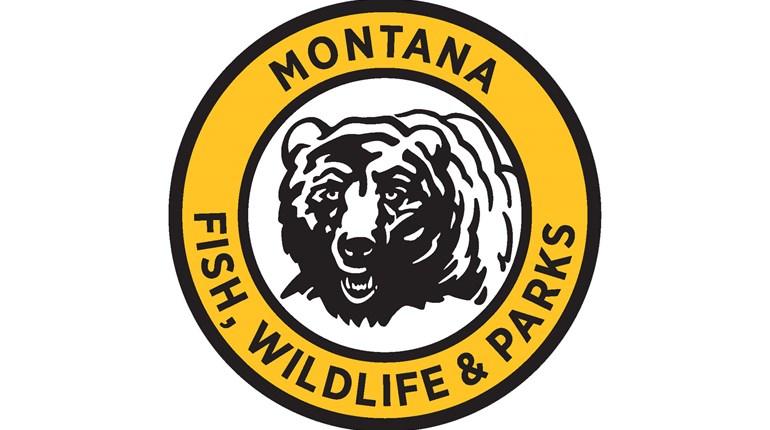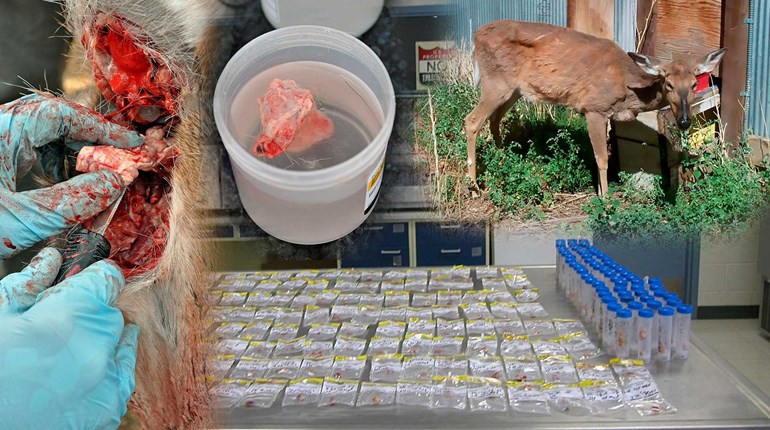
A second wild whitetail deer has tested positive for chronic wasting disease (CWD) in Oklahoma. The deer was located about 15-miles east of Woodward in life-named Woodward County, after a landowner reported the deer behaving abnormally.
Oklahoma's first case of a wild deer infected with CWD was confirmed the first week of June in Texas County, prompting the activation of the next stage in the state's CWD Response Strategy jointly produced by the Oklahoma Department of Wildlife Conservation and the Oklahoma Department of Agriculture, Food and Forestry.
“We will be working through our response plan implementing surveillance efforts and steps to monitor and slow the potential spread of this disease. Our ultimate goal is to ensure healthy and well-managed deer with as little impact to either the resource or our constituents as possible,” said Jerry Shaw, wildlife programs supervisor with ODWC.
CWD is an always-fatal neurological disease that affects the brains of deer, elk, moose, and other members of the Cervid family, creating holes resembling those in sponges. CWD transmission from wild animals to people or to livestock has never been documented. Early on, CWD exhibits minimal obvious signs, but as the disease progresses, its effect become more apparent. Visible symptoms can include weight loss (where the disease's name comes from), lack of coordination, drooling, drooping ears, excessive thirst or urination, and a brazenness towards people.
The Wildlife Department has conducted CWD monitoring on hunter-harvested deer and elk, and road-killed deer, since 1999. Department staff will continue monitoring for evidence of CWD within Oklahoma’s borders and will release additional information, including ways deer and elk hunters can help with detection and mitigation, as hunting seasons approach.
Additional guidelines or management plans will be distributed if determined necessary to further protect Oklahoma’s deer and elk populations. Further human health information relating to CWD is available at usgs.gov. For more information on the disease, hunting regulations, and proper disposal of infected animals, go to wildlifedepartment.com/.





































